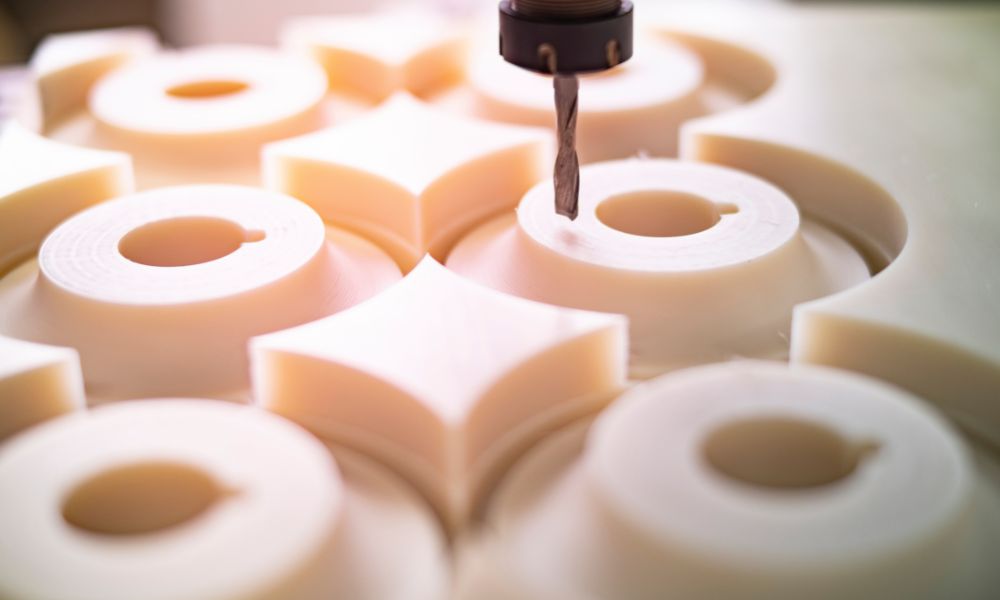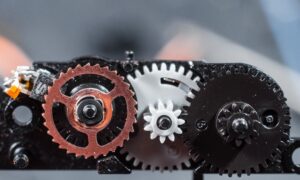In the high-precision world of CNC machining, myths and misconceptions abound. Whether you’re a seasoned machinist, an engineering enthusiast, or a professional in the manufacturing industry, separating fact from fiction is crucial for achieving greater operational efficiency, cost reduction, and product excellence.
By considering five of the most common CNC machining myths and misconceptions, you’ll gain clear, seasoned insights that will enhance your understanding of the machining process and sharpen your competitive edge in a field where knowledge is paramount.
Myth 1: CNC Machines Eliminate the Need for Skilled Human Operators
CNC machining has indeed automated numerous aspects of machining, but it hasn’t rendered human machinists obsolete. Skilled operators are still the linchpins of a well-oiled CNC operation. Their expertise in interpreting blueprints, knowledge of materials, and understanding of complex programming nuances are quintessential.
Myth 2: CNC Machining Is Only for High-Volume Production
It’s a common misconception that CNC machining only becomes cost-effective in high-volume runs. While traditional wisdom might support this, technological advancements and more sophisticated machine tools have tipped the scales. While small runs used to be time-consuming and expensive, the break-even point has significantly lowered with the use of modern tooling systems and software advances, making it viable for a broader array of production environments.
Myth 3: CNC Machining Doesn’t Cater to Prototyping Needs
Rapid prototyping technologies often steal the spotlight when it comes to product development timelines. However, CNC machining, with its unparalleled precision and surface finish capabilities, remains a mainstay in prototyping, especially for end-use part validation. Whether you’re a small plastic products manufacturer in need of a single component or a conglomerate purchasing a short run of parts, CNC’s ability to work with a vast range of materials, from metals to plastics, makes it a dominant player in the prototyping game.
Myth 4: CNC Machining Is Not Sustainable
The myth that CNC machining is not sustainable likely stems from the high initial energy use in manufacturing the machine and tools. However, CNC can be far greener than other subtractive manufacturing methods, including 3D printing. CNC machines are often more energy efficient. The precision afforded by CNC means less material used overall, and fewer failed parts end up as unrecyclable scrap, significantly minimizing waste.
Myth 5: CNC Machining Has No Place in Artisanal Craftsmanship
Artisanal craftsmanship often conjures images of hand-carved intricacies and whispers of a bygone era. However, the synergy between traditional craftsmanship and modern CNC technology has opened up a new realm of possibilities. Artisans now use CNC machines to execute designs and patterns that were previously impossible to recreate by hand. Moreover, these machines provide speed, consistency, and precision, freeing artisans to focus more on design and final touches.
A Key Player in Modern Industry
The CNC machine is not just an instrument for manufacturers. It’s a piece of poetry, a vessel for precision, and a partner in progress. By demystifying these common CNC machining myths and misconceptions, we can set the record straight, paving the way for a future where people see CNC machining as a muse for modern industry.




